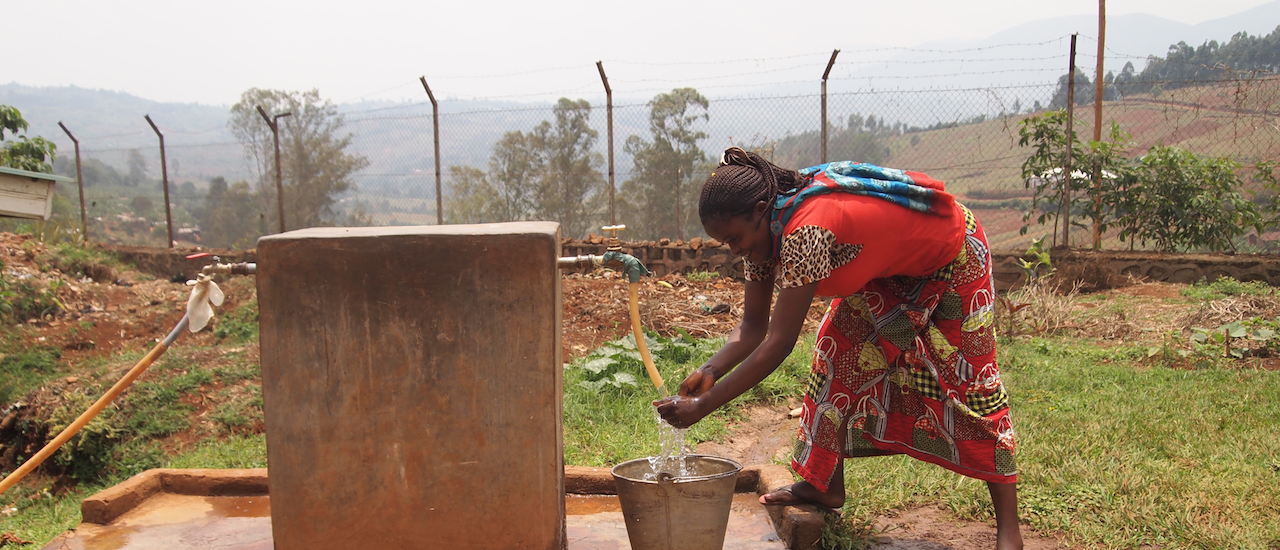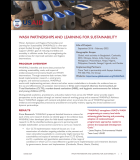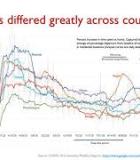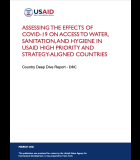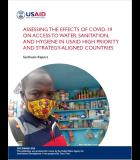In the large nation of the Democratic Republic of Congo (DRC), girls may be sent for miles to fetch dirty water, risking both safety and health. Villages strategically located on rivers or lakes only have the illusion of enough water. Untreated, none of these sources are safe to drink.
In 2010, continuing its gradual emergence from years of conflict, the DRC lacked the basic infrastructure to ensure the health of its people. Nationwide less than half the population had access to potable water (rural areas had even lower access at 24 percent), and fewer than one in four had access to adequate sanitation. Widespread malnutrition caused stunting in 43 percent of children under 5. Open defecation was widely practiced, exclusive breastfeeding was not, leading to high rates of diarrheal disease — the number one cause of death in the country.
Click here to read the full article in USAID's Global Waters magazine.


